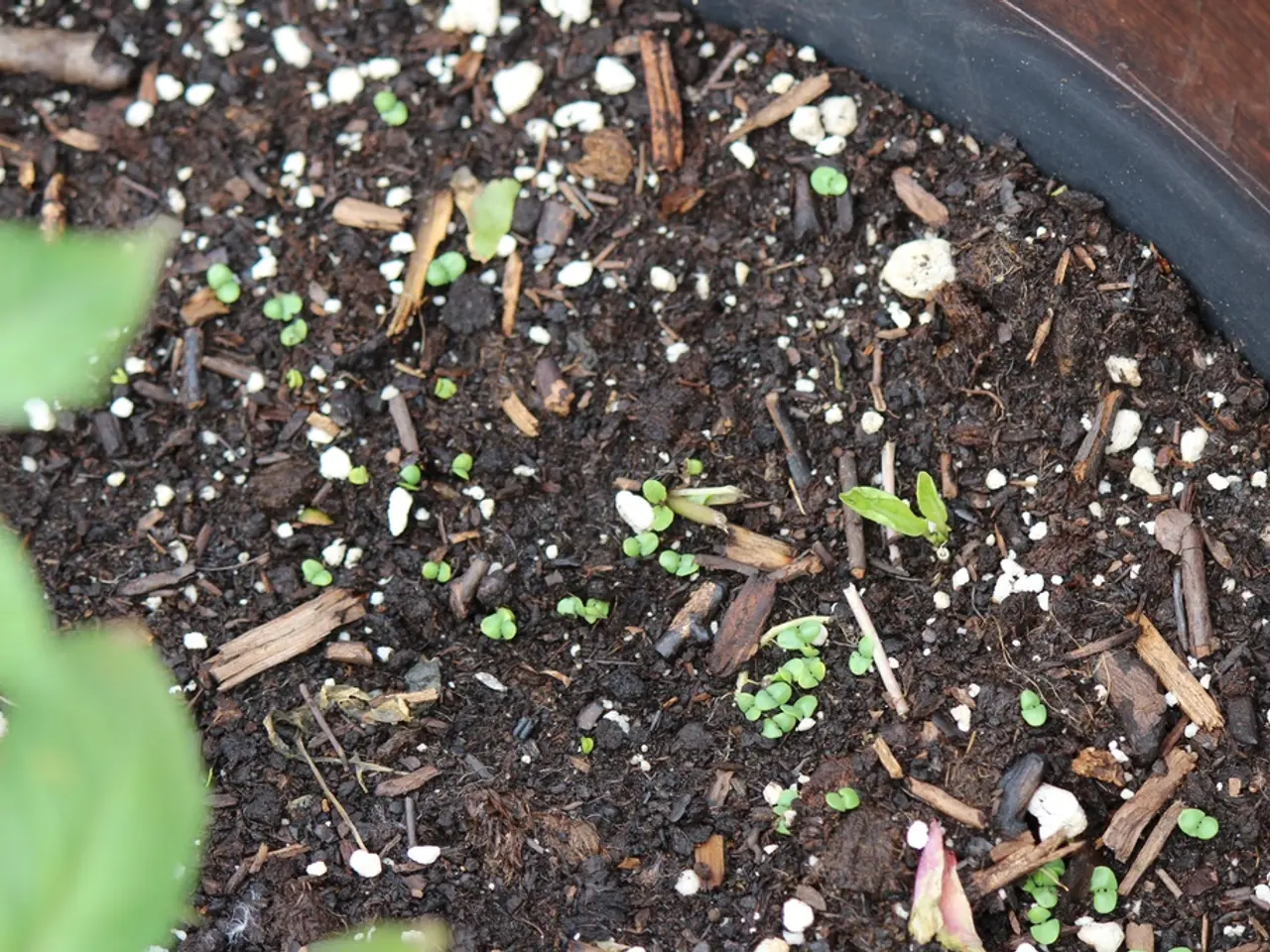Benefits and Drawbacks of Organic and Synthetic Plant Nutrients
=========================================================================================
Organic and chemical fertilizers, two popular choices for agricultural nutrient supplementation, offer distinct advantages and disadvantages. Here's a breakdown of their key differences.
Natural Sources and Nutrient Release
Organic fertilizers, derived from animal, plant, and mineral sources, release nutrients slowly, providing a gradual improvement to soil and plant health. In contrast, chemical (inorganic) fertilizers are synthetically manufactured, boasting high nutrient concentrations that become available immediately.
Soil Health and Impact
Organic fertilizers improve soil structure, increase water retention, and foster a healthy microbial ecosystem, contributing to long-term sustainability. On the other hand, chemical fertilizers do not significantly contribute to long-term soil health, and their use may alter soil pH and microbiota.
Environmental Considerations
Organic fertilizers generally have a lower environmental impact, as they reduce leaching and are free of cumulative toxins. However, chemical fertilizers pose a risk of contamination and pollution from runoff if misused.
Precision and Microorganism Dependency
Organic fertilizers require active soil microorganisms for nutrient availability, making their application less precise. Chemical fertilizers, on the other hand, offer exact dosage possibilities and are available in convenient forms like granules and liquids.
Risk Factors and Cost
Organic fertilizers have a lower risk of "burning" plants, while chemical fertilizers may cause overfertilization and potential plant damage. Organic fertilizers can be more expensive due to complex processing, but making them at home can help save costs. Chemical fertilizers, being more cost-effective, are ideal for large areas and short-season crops.
Combining Organic and Chemical Fertilizers
In some cases, combining both types can be beneficial, with inorganic fertilizers meeting immediate nutrient needs and organic fertilizers contributing to long-term soil health.
In conclusion, organic fertilizers favour sustainable soil health and a lower environmental impact but act slower and have lower nutrient concentration. Chemical fertilizers provide rapid nutrient availability and precise application but do not support soil health over time and have higher environmental risks if misused. The choice depends on the specific agricultural context, including crop type, soil condition, budget, and environmental considerations.
References:
[1] Sustainable Agriculture Research and Education (SARE). (2021). Organic Fertilizers. [Online] Available at: https://www.sare.org/learn/topics/organic-fertilizers
[2] National Sustainable Agriculture Information Service (ATTRA). (2021). Organic Fertilizers. [Online] Available at: https://attra.ncat.org/attra-pub/organic-fertilizers/
[3] Rodale Institute. (2021). Organic vs. Conventional Fertilizers. [Online] Available at: https://rodaleinstitute.org/magazine/organic-vs-conventional-fertilizers/
In discussing the gardening sphere of one's home-and-garden lifestyle, it's essential to consider both organic and chemical fertilizers when addressing plant nutrient supplementation. Organic fertilizers, stemming from natural sources such as animals, plants, and minerals, may offer gradual improvement to plant health and foster a healthy soil ecosystem, whereas chemical (inorganic) fertilizers, synthetically manufactured with high nutrient concentrations, release nutrients immediately.




